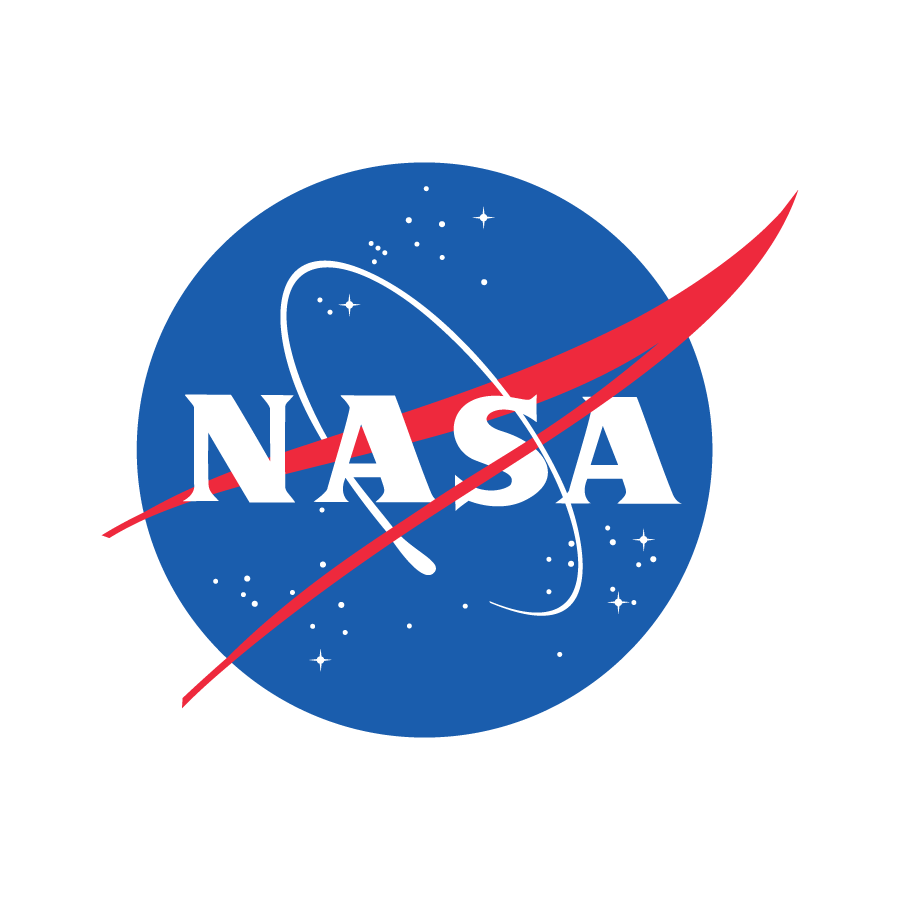We are bulding the Milky Way LEGO set, and it keeps remindig me of this meme :D
#lego #meme #moonknight #31212 #lego31212 #milkyway #astrodon
We are bulding the Milky Way LEGO set, and it keeps remindig me of this meme :D
#lego #meme #moonknight #31212 #lego31212 #milkyway #astrodon
Let's take a peek inside one of the ALMA antennas!
The 66 antennas of ALMA are all used to observe the cool Universe. But how does a radio-telescope really ‘see’?
First, light is collected by the large dish of an antenna, which is focussed onto the secondary reflector that we can see in the foreground. From there, it goes through one of the several circular windows seen at the centre of this image. Each window leads to a receiver, a device that registers the light collected by the antenna.
And did you know? The receivers need to be sealed inside a cryostat that cools them down to –269 ºC, just 4 degrees above absolute zero
Find out more: https://www.eso.org/public/images/potw2517a/
S. Otarola/ESO
China wants to launch its lunar probe Chang'e 8 in 2028/29. Remarkable for such a developed national lunar research programme: Its large number of international collaborations, mostly with countries from the global south:
Source: https://spacenews.com/china-selects-international-payloads-for-change-8-lunar-south-pole-mission/
China's first lunar mission Chang'e 1 launched in 2007, with many missions and without any setbacks since then.
Before Easter, I was honoured to give a colloquium to the Lviv Fellow Society (#Ukraine). I've never been there in person, but thanks to my ongoing tight collaborations in , I feel bound there and I hope I can visit soon.
To make it more attractive to the general public, I spoke of my recent extravaganza about the "Simulation Hypothesis" https://www.frontiersin.org/journals/physics/articles/10.3389/fphy.2025.1561873/full
and it was fun as it sparked many new questions.
Here is the full recording: https://www.youtube.com/watch?v=uyM_Pe9pV7Q
Gilles nous partage une photo de #m63 nommée la #galaxie du Tournesol
Ce résultat à été obtenu grâce à 85 poses de 300 secondes avec son filtre L-Pro
#astronomy #astronomie #astrophotography #astrophotographie #astrodon #galaxy
As usually in this period, my neighbours have their "cosmological simulation" flowers blossoming in all their glory, my favourite #flowers of course. #astronomy #astrodon #science
Curiosity rover mission updates: three new posts by Lucy Thompson, Susanne Schwenzer, and Scott VanBommel
Sols 4515-4517: Silver Linings https://science.nasa.gov/blog/sols-4515-4517-silver-linings/
Sols 4518-4519: Thumbs up from Mars https://science.nasa.gov/blog/sols-4518-4519-thumbs-up-from-mars/
Sols 4520-4521: Prinzregententorte https://science.nasa.gov/blog/sols-4520-4521-prinzregententorte/

Ein sehr schöner Artikel von @sianderl:
https://www.zeit.de/2025/17/hubble-teleskop-weltraum-kosmos-bilder
Es ist schon Irrsinn, wenn ich darüber nachdenke, wie anders die Welt war, als Hubble gestartet wurde und wo wir heute sind (gleiches gilt auch für die beiden großen Röntgenteleskope XMM-Newton und Chandra).
Einen Artikel zum 35sten Jubiläum von Hubble mit neuen spektakulären Weltraumbilder gibt es hier:
https://www.esa.int/Science_Exploration/Space_Science/Hubble_celebrates_35th_year_in_orbit

The Sickle: Pillars of Creation in the Galactic Center by JWST
Full size image & more info: https://flic.kr/p/2qZRbgr
Credit: NASA/ESA/CSA/STScI/j.Roger/AndreaLuck CC BY
MIRI Filters: F770w, F1130w, F1500w
Proposal ID: 3958
PI: Angela Cotera @setiinstitute
Curiosity on the Road to Boxwork Formations
https://www.jpl.nasa.gov/images/pia26552-curiosity-on-the-road-to-boxwork-formations/
https://photojournal.jpl.nasa.gov/catalog/PIA26552
zoom app https://zoomhub.net/J90bk
#Mars Mar. 9, 2025 (Sol 4476) NASA/JPL-Caltech/MSSS; Release Date: Apr. 24, 2025
Curiosity Looks Downslope From the Sulfate Unit
https://www.jpl.nasa.gov/images/pia26551-curiosity-looks-downslope-from-the-sulfate-unit/
https://photojournal.jpl.nasa.gov/catalog/PIA26551
zoom app https://zoomhub.net/yzPNN
#Mars Feb. 7, 2025 (Sol 4447) NASA/JPL-Caltech/MSSS; Release Date: Apr. 24, 2025
NASA’s Dragonfly Passes Critical Design Review
The mission to Saturn’s icy moon Titan will investigate prebiotic chemical processes and complex organic compounds that, on Earth, are the building blocks of life.
https://science.nasa.gov/blogs/dragonfly/2025/04/24/nasas-dragonfly-passes-critical-design-review/
Rivers of Titan
Saturn's largest moon is one of the few bodies in the Solar System with active rivers shaping its landscape: rivers of liquid methane. Using images acquired by Cassini and Huygens, a new study shows that they follow the same physical laws as Earth's rivers.
On this day, six years ago, @LIGO Livingston and Virgo detected an unusual gravitational-wave signal.
GW190425 was only the second signal from (most likely) a neutron star merger. Its distance to Earth was significantly larger and the sky position less precisely determined than for the first such signal (GW170817). Therefore, astronomers did not observe any afterglow in the electromagnetic spectrum.
The total mass of the merging objects was unusually high compared to known double neutron stars.
https://www.aei.mpg.de/142401/news-from-the-gravitational-universe
The publication abuout the observed gravitational-wave signal appeared on 6 January 2020:
went to a talk last night by a prominent #astrophysicist (which is why I was remiss in posting) & I can't stop thinking about Kessler Syndrome.
The degree of space debris *already* in orbit of earth
:https://www.esa.int/Space_Safety/Space_Debris/The_cost_of_space_debris
Guillaume nous partage une #astrophotographie de #ngc3184 une #galaxie dans la constellation de la Grande Ours
Il y a au total 201 poses de 300 secondes sur 3 nuits et un traitement sous #photoshop et #pixinsight
#astronomy #astronomie #astrophotography #astrodon #galaxy
This week's sky at a glance, April 25- May 4. Very useful Sky & Telescope observing guide by Alan MacRobert. #AstroDon #Astronomy #Astro #Space #Astrophotography https://skyandtelescope.org/astronomy-news/observing-news/this-weeks-sky-at-a-glance-april-25-may-4/